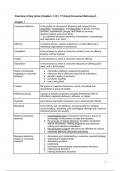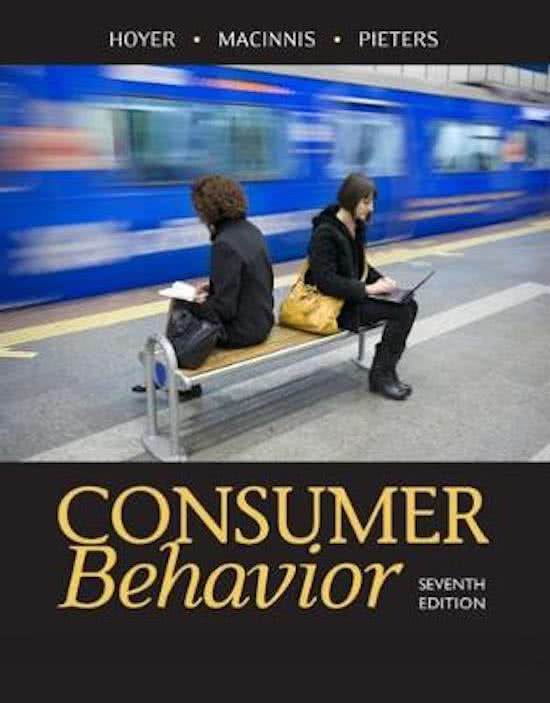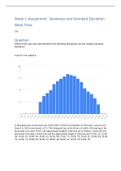Summary
Summary Overview of Key terms and Concepts Consumer Behaviour ch1-10 +17 (book)
- Course
- Institution
- Book
This is an overview (in table form) of all the key terms (with explanations) and most important concepts of Chapters 1-10 + 17 from the book 'Consumer Behavior' by Hoyer, Macinnes, and Pieters (7th edition), used for the course Consumer Behaviour 2023/2024 (Radboud University).
[Show more]





